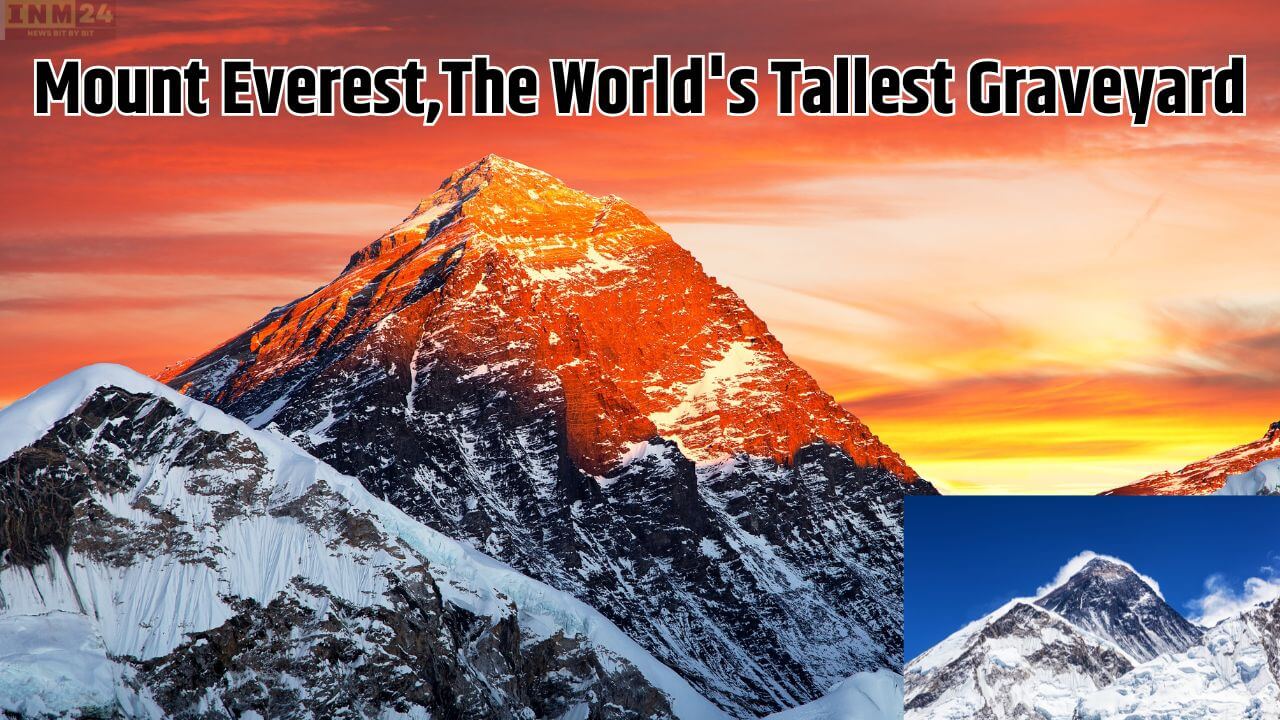Mount Everest, the highest peak in the world, stands as a testament to human determination and the pursuit of extraordinary achievements. Nestled in the Himalayas and primarily located in Nepal, Everest has been a magnet for adventurers and mountaineers since Sir Edmund Hillary and Tenzing Norgay’s historic ascent in 1953. However, beyond its towering height of 8,848 meters, Everest holds another somber title—it is often referred to as the highest graveyard on Earth.
Everest as a Final Resting Place
The allure of conquering Everest has drawn climbers from around the globe, with over 800 attempting the ascent each year. Yet, not all return from this perilous journey. The harsh conditions and treacherous terrain have claimed the lives of more than 330 climbers since the 1920s, turning Everest into an unintentional cemetery.
The Challenge of Reaching the Summit
To embark on the journey to Everest’s summit, climbers must obtain permits from the Nepalese government, as the route traverses Nepal. These permits, priced at 1500 Nepalese Rupees for Indian nationals, contribute to the management of the region and help regulate the influx of climbers. Despite the hefty financial investment, the true cost of Everest lies in the physical and mental toll it takes on those who attempt the climb.
The Perils and Mysteries of Everest
Numerous factors contribute to the dangers climbers face on Everest. Fraudulent practices, lack of fitness checks, and the allure of cheaper permits often lead individuals to embark on expeditions without adequate experience. The result is a growing number of fatalities, and Everest’s reputation as a graveyard is reinforced with each tragic incident.
Human Physiology at High Altitudes
The human body is not designed for extreme altitudes, and Everest pushes it to its limits. As climbers ascend, they experience symptoms such as nausea, dizziness, and unconsciousness due to cerebral edema—swelling of the brain. The thin air at such heights also poses challenges, with climbers relying on oxygen cylinders that are not only precious but can be life-saving.
Everest: A Silent Witness to Tragedy
Mount Everest silently observes the triumphs and tragedies of those who attempt its ascent. The bodies of climbers who lose their lives often become entombed in the ice and snow, creating a chilling landscape that serves as a stark reminder of the risks involved.
While Everest stands tall as a symbol of human endeavor, it also serves as a poignant memorial to those who dared to defy its heights. The allure of the summit is undeniable, but the costs, both in lives and the toll on the human body, underscore the harsh reality that Everest is not just a mountain; it is a formidable adversary that demands respect and caution from those who seek to conquer it.
